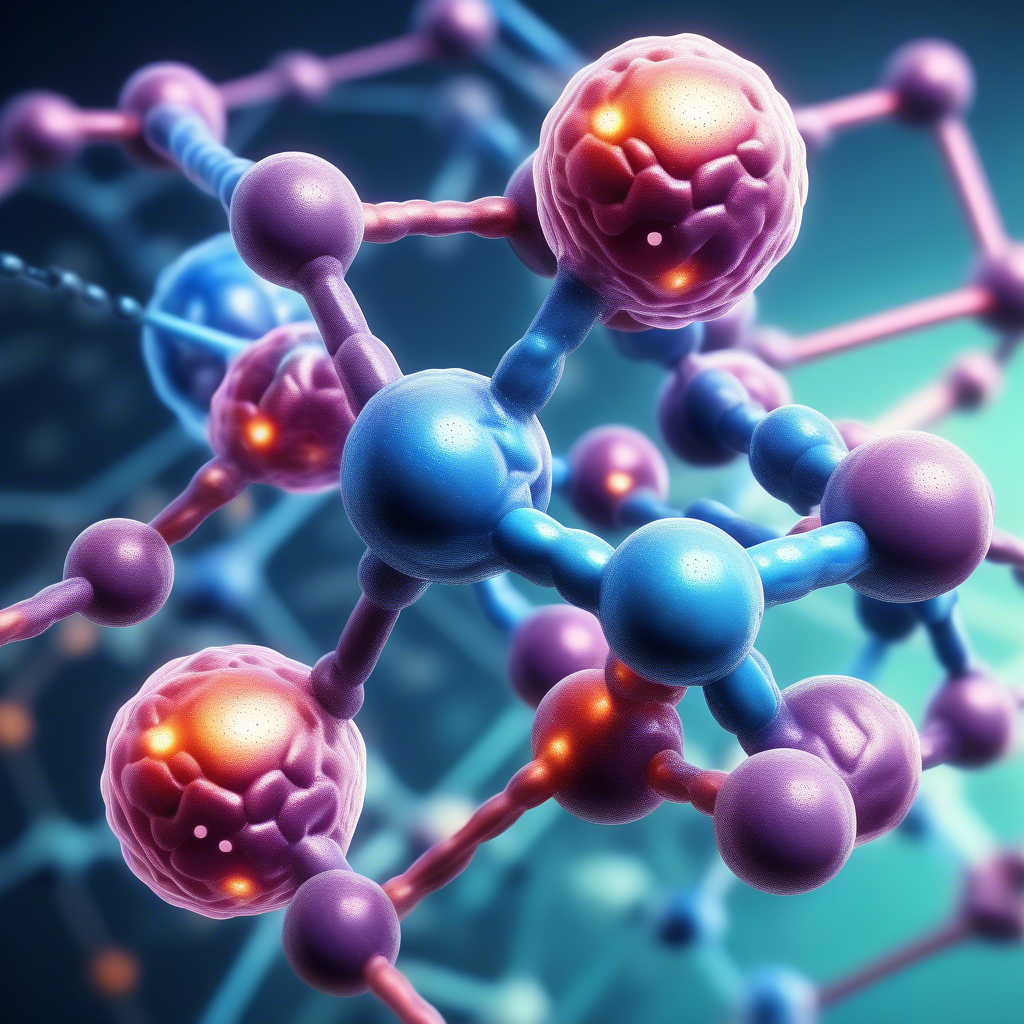In a groundbreaking exploration of the origins of life, a team of chemists has leveraged blockchain technology to create a vast computer network known as the Network of Early Life (NOEL).

While blockchain is traditionally associated with cryptocurrencies, the study, published on Jan. 24 in the journal Chem, demonstrates its potential to transcend financial applications. Led by Bartosz Grzybowsk of the Korea Institute for Basic Science and the Polish Academy of Sciences, the research sheds light on primitive forms of metabolism that might have emerged without the involvement of enzymes, challenging conventional wisdom.
To conduct their investigation into prebiotic chemistry, the team employed Golem, a cryptocurrency-mining platform that orchestrates calculations across hundreds of computers globally. With over 20,000 CPUs contributing computing power, the researchers tackled a staggering 4.9 billion possible prebiotic reactions among molecules present on early Earth. This approach proved indispensable, considering the sheer complexity of exploring 11 billion potential reactions. Grzybowsk emphasized that Golem enabled them to access computing capabilities globally, emphasizing its potential for researchers lacking supercomputer resources.
The NOEL, a network 100,000 times larger than previous models, revealed surprising findings.
Despite billions of reactions, only a few hundred exhibited self-replication, a process long considered pivotal in the emergence of life. Grzybowsk expressed his astonishment at the rarity of self-replication, challenging prevailing theories about the early stages of chemical evolution. The research suggests that self-replication didn’t occur before the evolution of more complex molecules, potentially settling a longstanding debate among origin-of-life chemists.
This innovative use of blockchain technology opens new possibilities for researchers worldwide, offering a decentralized approach to harness vast computing power. Grzybowsk envisions this method as a boon for scientists without access to supercomputers, urging wider adoption and suggesting that society might embrace cryptocurrencies more enthusiastically if linked to groundbreaking discoveries in biology or medical advancements. The study not only unveils insights into life’s beginnings but also highlights the untapped potential of blockchain in scientific research beyond its traditional financial domain.







